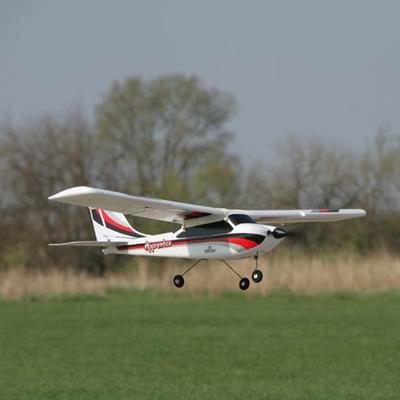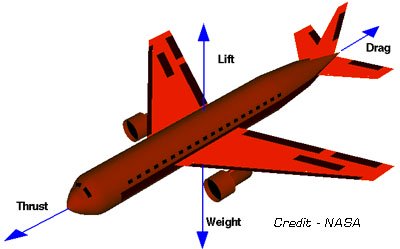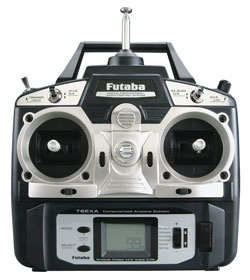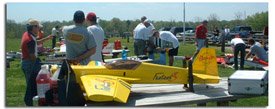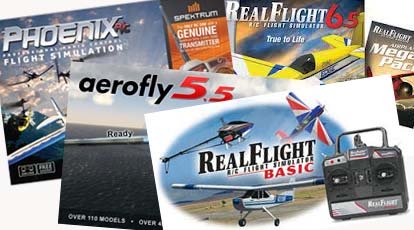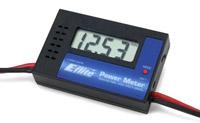Electronic Speed Controller Basics
As you probably know, an electronic speed controller (or ESC) controls
how fast your airplane's motor spins. It serves the same purpose as the
throttle servo of a glow powered airplane.
It's an interface between the airplane's radio receiver and the power plant.
An ESC will have three sets of wires. One lead will plug into your airplane's main battery. The second lead will have a standard servo wire that plugs into the throttle channel of your receiver. And finally, the third set of wires actually power the motor.
Electronic Speed Controller Schematic

How do ESC's work?
So what exactly does an electronic speed controller do? ESC's for both brushed and brushless motors receive an input ppm signal(pulse position modulation)from the receiver.
Brushed vs Brushless
|
This PPM signal is the exact same type of signal that controls the servos. The ESC uses this proportional signal from the throttle channel of the receiver to determine how much power to send to your motor to maintain the desired speed. The translation from signal to applied power to the motor is where brushed and brushless ESC's are completely different. |
Battery Eliminator Circuit (BEC)
When electric RC airplane technology was in its infancy it wasn't uncommon to use two batteries, one for the receiver and one for the motor. Thankfully we now have what is called battery eliminator circuits that eliminate the expense and added weight of a dedicated receiver battery.
The high voltage of your lipo pack is way too much for your receiver to handle. The BEC steps the voltage form the Lipo down to a lower voltage of 5-6 volts to power a typical receiver.
BEC, EBEC, SBEC... What's all this?
Most smaller electric powered planes use ESC's that actually have a battery eliminator circuit built in. Believe it or not, even E-Flite's powerful scale and aerobatic parkflyers come with ESC's with built in BEC's. The diagram above illustrates an ESC with a built-in BEC.
An ESC with a built-in BEC is perfect for smaller planes that only use 3 or 4 standard analog servos. However, if you plan to use more servos, or use digital servos that require more power, you probably should be on the safe side and use an external BEC.
An external BEC is some times called a UBEC (Ultimate BEC) or SBEC (Super BEC).
If an ESC with an internal BEC fails, you will loose complete power and control of your airplane. CRASH... I tried to power too many things with the internal BEC of my first FPV set up, it ended in disaster!
All ESC's with built-in BEC's will tell you how much current they're rated for. Go online and look up the power consumption of your servos and add them up to make sure you're well below this number.
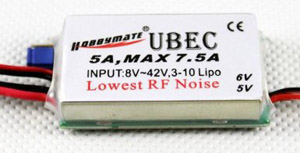
If you are borderline, please save yourself the grief and
spend a couple bucks on a UBEC.
A UBEC will allow you to have compete control of your servos for a dead-stick landing should the electronic speed controller fail.
Linear vs "Switched Mode" BEC's
Linear BEC's:
A linear BEC basically uses a resister to step the voltage down from the 12+ volts of your Lipo Pack down to the 5 volts required by the receiver. The higher the lipo voltage and the more power the RX consumes,the more heat is generated as the current flows over this resistor.
Too much current will overheat and damage your electronic speed controller or BEC. Not to mention it also wastes a lot of electric, especially with larger electric airplanes.
Switched BEC's
Switched BEC's actually switch the voltage on and off very rapidly to effectively drop the voltage without generating heat or wasting electricity.
Most Switched BEC's allow you to choose whether your receiver is supplied with 5v or 6v, depending on how and what type of aircraft you fly.
This switching of the voltage on and off has been know to cause some interference with some radio equipment. This interference has minimized/eliminated with most higher end name brands.
As a general rule of thumb, it's best to use a switched BEC if your lipo battery has four or more cell.
Put on the Brakes!
So why would you ever need breaks for your propeller? Good question...

When the propeller of an electric airplane is allowed to spin while gliding, it will act like a windmill and actually slow your airplane down.
For some airplanes this is OK, but this could prove to be a problem for airplanes with high stall speeds, Especially when coming in for a landing!
If your electronic speed controller is equipped with brake you will have the option of turning it on or off. Some will even allow you to set how aggressive the braking is.
Sizing Electronic Speed Controllers
ESC's are rated for a maximum current. The more
current an ESC is rated for, the more expensive and heavier it will be.
Invest in a Power Meter
If you're new to electrics, do yourself a huge favor and pick up a good current meter so you have the peace of mind of knowing exactly how much current your motor draws with different battery and propeller combinations. I really like my E-Flite Power Meter. It's not only good for measuring current, I use it to check my battery voltage before every flight. |
Choose an electronic speed controller that is rated for slightly more than what your motor will pull at full throttle. Too much current will damaged an electronic speed controller very quickly! On the same token, too big of an ESC is dead weight that will adversely affect the performance of your airplane. LiPo batteries will be permanently damaged if the voltage of any cell drops
below 3.0 volts. For this reason, LiPo
batteries require an electronic speed controller with a low voltage cutoff
(LVC). The LVC will cut the power to the motor when the voltage reached
3.2V, or whatever you set the LVC to be. |
You will also need to choose an ESC that can handle the voltage of the battery pack you plan to use. The voltage rating for each ESC is clearly stated in the specifications.
Related Pages
If you're new to electrics, I think you may find these links helpful as well...
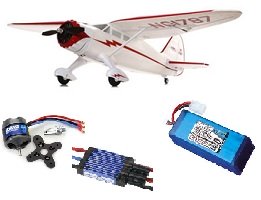 |
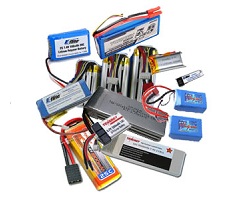 |
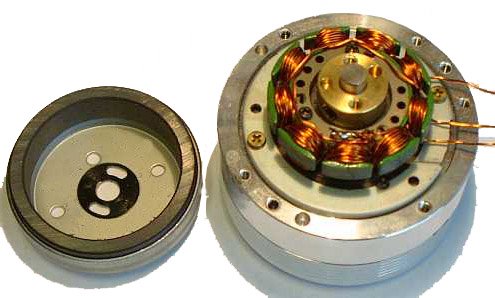 |
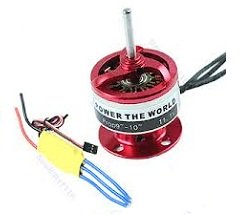 |
Home > Electric RC Airplanes > Electronic Speed Controller
Let’s Go Flying! |
|
5 Steps for Successful First Flight! When the RC bug bites, it bites hard! Control yourself my friend! Save yourself much time and money by following these five steps to success! |
